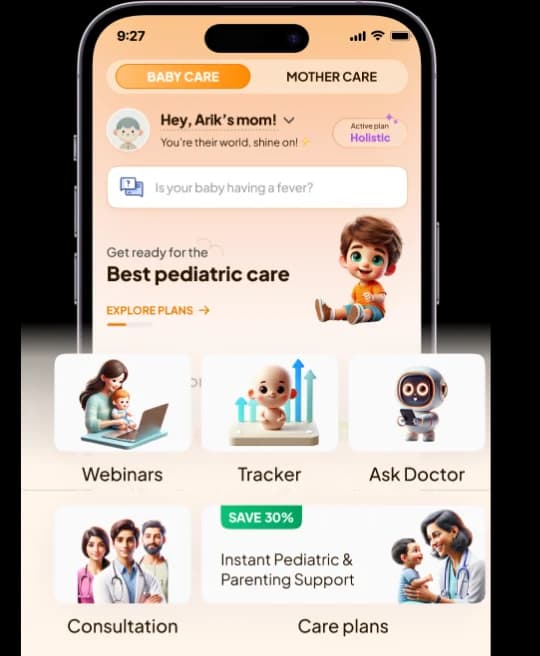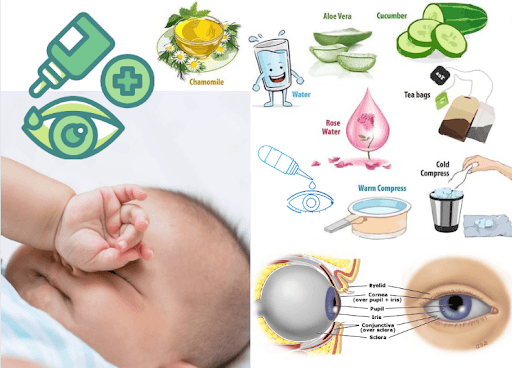
As a new or expecting mother, you may be wondering about how to ensure your child grows up to be tall and healthy. There are many myths circulating about height-increasing techniques, but the truth is that genetics, growth hormones, and growth plates primarily determine height. However, environmental factors, such as nutrition and exercise, can play a significant role in a baby’s height development.
Let’s debunk some common myths about growing taller:
Myth 1: Drinking lots of milk will make you taller.
Fact: While milk is a good source of bone-healthy vitamins, a balanced diet including various nutrients is important for overall body health. Consuming adequate protein, vitamins, and minerals from a diverse range of foods supports optimal growth and development.
Myth 2: Your height is solely determined by genetics.
Fact: While genetics plays a significant role, a healthy lifestyle including proper nutrition, exercise, sleep, and hormonal balance can also contribute to adult height. Nutrient-rich foods and regular physical activity during childhood and adolescence can help maximize growth potential.

Myth 3: Using height-enhancing insoles will increase your height.
Fact: There is no scientific evidence to support the use of these insoles to grow taller. While they may provide temporary height increase by elevating the heel, they do not stimulate actual bone growth or change genetic factors influencing height.
Myth 4: Weightlifting inhibits physical development.
Fact: Weightlifting doesn’t influence height, but some exercises can damage the spine. When performed with proper technique and supervision, strength training can support overall physical development, including muscle strength and bone density, without negatively impacting height.
Myth 5: People’s heights stop increasing when they hit puberty.
Fact: Both males and females continue to grow taller at different rates during puberty. Growth spurts typically occur during adolescence, but bone growth plates may not fully close until early adulthood, allowing for further height increase until this time.





